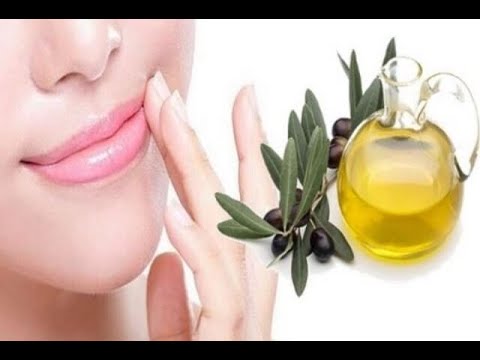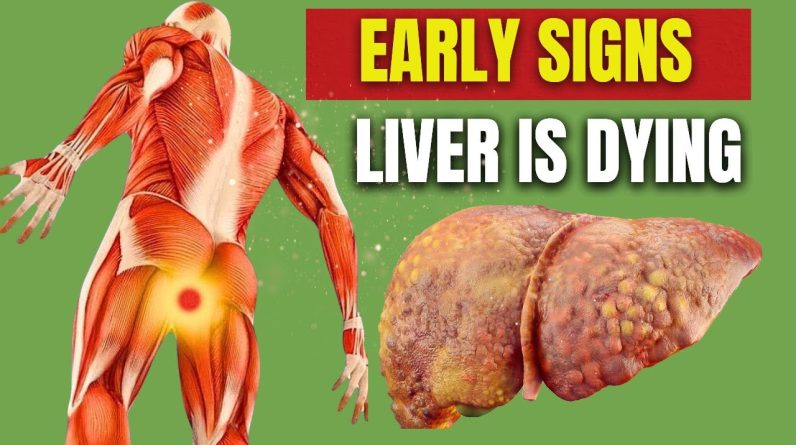Heat rash, also known as prickly heat or miliaria, is a skin condition that occurs when sweat ducts become blocked, leading to inflammation and a rash. The condition is common in hot, humid climates or during periods of excessive sweating. It can affect anyone, regardless of age or gender, but infants and young children are particularly susceptible.
Heat rash typically appears as small, red, itchy bumps on the skin. It is most commonly found in areas where sweat accumulates, such as the neck, chest, back, and groin. In some cases, the rash may be accompanied by a prickling or stinging sensation.
Fortunately, heat rash is usually self-limited and resolves on its own within a few days. However, there are some things you can do to alleviate symptoms and speed up the healing process. First and foremost, it is important to avoid further sweating and keep the affected areas cool and dry. This can be accomplished by staying indoors in air-conditioned spaces, taking cool showers or baths, and wearing loose-fitting clothing made of breathable fabrics like cotton.
To help soothe the rash, you can apply a cool compress or calamine lotion to the affected area. Over-the-counter hydrocortisone cream may also be helpful in reducing inflammation and itching. However, it is important to avoid using oily or greasy products, as these can further clog the sweat ducts and exacerbate the condition.
Preventing heat rash is key, and there are several steps you can take to reduce your risk. These include staying cool in hot weather, wearing lightweight and breathable clothing, and avoiding prolonged exposure to the sun. It is also important to stay well-hydrated and take breaks from physical activity when necessary.
In summary, heat rash is a common skin condition that occurs when sweat ducts become blocked, leading to a rash and itching. While the rash typically resolves on its own within a few days, there are several measures you can take to alleviate symptoms and speed up the healing process. These include staying cool and dry, applying cool compresses and calamine lotion, and avoiding oily or greasy products. Preventing heat rash is important, and can be accomplished by staying cool and hydrated, wearing breathable clothing, and avoiding prolonged exposure to the sun.
source







